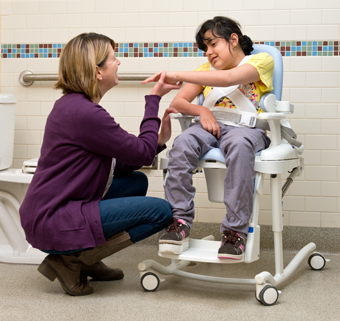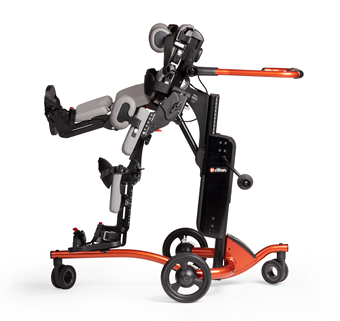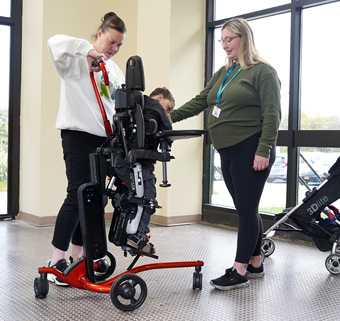Evidence Update: New Research Suggests Increasing Pediatric Intervention Frequency
| January 2019 Existing evidence on pediatric therapy dosing is scanty and conflicting, though motor learning theory has long associated increased frequency and repetition of movement and skills with improved outcomes. A new study now appears to bolster this view in the context of school-based intervention.
Existing evidence on pediatric therapy dosing is scanty and conflicting, though motor learning theory has long associated increased frequency and repetition of movement and skills with improved outcomes. A new study now appears to bolster this view in the context of school-based intervention.
The study comes out of Norway, where almost all children with cerebral palsy are registered in CP-specific follow-up programs. The researchers studied this clinically obtained data on 442 children between 2 and 12 years of age, focusing on how the frequency of therapy services affected gross motor improvement. They discovered a clear dose response association: children receiving physical therapy 1-2 times a week experienced a mean improvement of 4.2 percentiles on the GMFM-66 and children receiving services 3-5 times a week experienced a mean improvement of 7.1 percentiles compared to less frequent therapies.
This means that therapists should consider increased therapy frequency as a means of improving ambulation and fostering participation in children with cerebral palsy. The researchers also pointed out that addressing or prioritizing contracture management can optimize gross motor improvement.
Although these are already widely acknowledged observations – and indeed, to the lay reader may even seem self-evident – to those of us in pediatric practice any evidence backing pediatric interventions is always welcome. And sound research put into practice is the backbone in bettering the lives of children with disabilities.
Reference
Storvold GV, Jahnsen RB, Evensen KA, Bratberg GH. Is more frequent physical therapy associated with increased gross motor improvement in children with cerebral palsy? A national prospective cohort study. Disabil Rehabil. 2018; 16:1-9.




